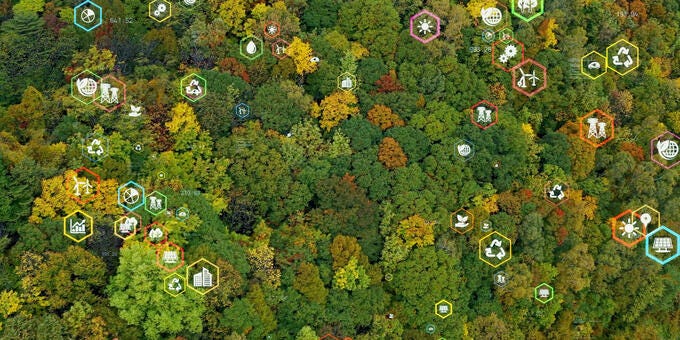
Top 5 Issues to Look Out for in the SEC Rule on Climate-Related Disclosures
- Published
- Jun 23, 2023
- Share
Climate change is increasingly being recognized as a material risk for companies. In response to this, the U.S. Securities and Exchange Commission (“SEC”) proposed The Enhancement and Standardization of Climate-Related Disclosures for Investors in March 2022, which will be voted on in October 2023. The proposed rule aims to enhance the disclosure of information related to climate-related risks and opportunities that are material to investors. However, some companies have recommended that adjustments be made to the rule to make certain that it is effective and practical for organizations to implement.
This article outlines five adjustments that continue to be debated as the proposed rule moves closer to being passed into law. By keeping abreast of these issues, public companies can maintain an awareness of what the upcoming regulations will mean for their businesses.
1. Bright-line materiality threshold
The current 1% bright-line materiality threshold requires companies to disclose climate-related events and transition activities that impact financial metrics by more than 1%. This requirement was proposed to establish thorough disclosure of climate-related events and transition activities. However, because it represents such a small threshold for materiality, this requirement could lead to numerous disclosures that are not relevant to investors. This, in turn, may reduce the overall utility of the climate-related disclosures. Therefore, removing the 1% bright-line threshold and instead using traditional definitions of materiality to define disclosure requirements may lead to more useful and more practical disclosures
2. Definition of transition activities
Currently, the proposed rule defines “transition activities” with broad strokes that encompass a wide range of activities that seek to reduce emissions or mitigate transition risks. While this broad definition allows for flexibility in a company’s disclosures, it may result in inconsistent application and reduced comparability of companies’ disclosures. Moreover, given that transition activities are often integrated into companies’ non-climate related business practices, it may be more difficult to identify and measure transition activities if a broad definition is given. Therefore, a more refined and clearer definition may enhance disclosure accuracy and enable investors to better compare disclosures across companies.
3. Basing disclosures on climate-related events and transition activities
The current proposal bases disclosure requirements on financial statement line items, rather than discrete, material climate-related events and transition activities. However, while basing climate-related disclosures on financial statements may help investors align financial and climate-related information, financial statement line items tend to vary across companies. This may cause challenges when comparing climate-related disclosures across companies. Moreover, some of the items required for disclosure, such as "lost revenues" or "incremental expenses,” may not be maintained in books and records. This may lead to a lack of comparability of information across companies. Therefore, basing climate-related disclosures on discrete, material climate-related events or transition activities instead of financial line items may allow companies to better identify and measure disclosure requirements and provide investors with more useful information.
4. Greenhouse gas emissions
The current requirements for greenhouse gas (“GHG”) emissions require public companies to prepare and disclose GHG emissions data on the same reporting timeline as Form 10-K. While this may help align climate-related information with financial disclosures, the preparation of GHG emissions data requires a substantial amount of time and energy. Companies must solicit and aggregate data from several third parties and prepare them for disclosure, including validation and third-party assurance. Because of this, it may prove difficult for companies to disclose this data on the same reporting timeline as Form 10-K. Of course, companies may estimate their GHG emissions data to speed up the process, but such estimation may render the information significantly less accurate, and consequently less useful for investors. Therefore, it may be beneficial to require companies to disclose their GHG emissions data in a report separate from Form 10-K and on a timeline later than their financial reporting timeline—for instance, 180 days after a company’s fiscal year-end.
5. Level of assurance
The requirement for reasonable assurance for the proposed climate-related disclosures requires companies to have a third-party auditor verify source documents, reports and internal controls regarding their ESG activities for their climate-related disclosures. While such assurance can provide investors with more security on companies’ disclosures, reasonable assurance may be unnecessarily burdensome for companies at this stage. In the current voluntary reporting landscape, limited assurance is commonly accepted. Therefore, it may be more practical to require limited rather than reasonable assurance at this stage.
Conclusion
This article has outlined five key issues that are being debated as the proposed rule on climate-related disclosures moves closer to being passed into law. While these issues have been raised by several organizations, the SEC will ultimately decide how to address them. In the meantime, companies can continue to prepare themselves for the upcoming regulations, however they unfold.
What's on Your Mind?
Start a conversation with Lourenco
Receive the latest business insights, analysis, and perspectives from EisnerAmper professionals.









